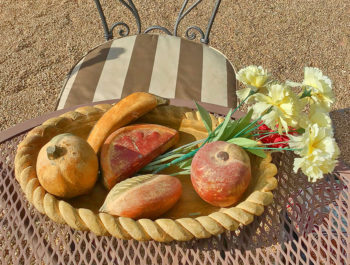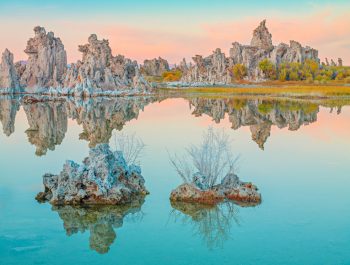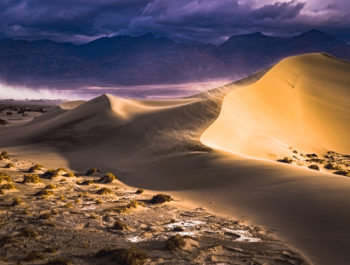Creating Artistic Landscape Photographs – Committed
First we built the tools, then the tools built us.
Marshall McLuhan
Introduction
In my previous essay we saw that not using a tripod no longer means not being a professional or a committed amateur. However tripods are only one of the changes affecting what it means to be a committed photographer. Many other things are changing and one of them is the camera we use. Reflecting on the role that digital cameras play in the creation of high quality photographs is the subject of this essay.
Cameras
Today cell phones have replaced every camera from point and shoot to entry point DSLRs to mirror less cameras. This is a huge number of cameras. From a technical standpoint the only reason left to purchase a ‘real’ camera is because you want options cell phones do not provide. These are essentially interchangeable lenses, resolution and dynamic range. However the gap is getting smaller and smaller as more and more features are built into cell phones. In fact the camera features I just mentioned have become overkill for most amateurs. Cell phones have enough resolution or D-max and their lens capabilities are constantly being expanded. Unless you need extreme lenses, such as fish eyes or long telephotos, a cell phone will do just fine. Furthermore when posted to social media or when printed at reasonable sizes the difference between a cell phone and a pro camera photograph are unnoticeable. This difference is only visible at huge print or screen sizes and even then not always. All this makes purchasing a camera a want rather than a need, a desire rather than a necessity. Quite simply for most people owning a camera has become unnecessary.
Commitment
However there is another reason to purchase a real camera, meaning not a cell phone, a reason not as easy to measure as resolution, D-max, print size or lens coverage. This reason is commitment. Having a real camera is a commitment to doing photography seriously because all that a camera can be used for is taking photographs. Cell phones on the other hand can be used to do just about everything. Having a cell phone means being able to do a multitude of things only one of which is taking photographs. Having a camera is being able to do only one thing and that is creating photographs. The difference is huge and I sum up as being the commitment to create photographic images. Buying a camera means taking the decision to acquire a specialized tool used for a single purpose. A tool that calls for single-tasking instead of multi-tasking. A tool that demonstrates the commitment to focus on photography.
Personally I believe that commitment is the only reason that justifies buying a camera today. The purists will fight me on this arguing that cameras have higher resolution, can use more lenses, have better D-max and so on. I am ready for that and I know they will be wrong in the long run because next year new features will be added to cell phones making these arguments more and more pointless.
I also believe that the race to more D-max and higher resolution has become somewhat pointless. Improvements in software capabilities allow us to find extra detail in shadows and highlights and extract information where we previously couldn’t get any, making the D-max race partly unnecessary. In regards to resolution I stopped caring for more resolution when I was able to take a digital photo and print it to 30 x 40 inches without pixelization. After that I stopped buying cameras. As long as the software continues to support converting the files created by the cameras I have I find it unproductive to spend time, effort and money in acquiring more camera gear. My resources are far better spent focusing on improving my artistic skills. After all what I do for a living is create art, not test cameras. Which camera I use is invisible to my audience therefore which camera I own is a personal decision that involves no one beside myself. Again, the purists will fight me on this but I don’t care. My mind is made up and I won’t be bothered by the facts. I much prefer to focus on expanding my artistic skills than on expanding the resolution of my cameras. I took that decision several years ago and I never looked back. In an industry focused on gear and software this may come as a surprise to some of you. If so ask yourself when was the last time you focused your energy for a full year on improving your artistic skills? Before I made the decision to let go of gear acquisition I could not give a positive answer to this question. Now, and for several years, studying and creating art has been the sole focus on my photographic efforts.
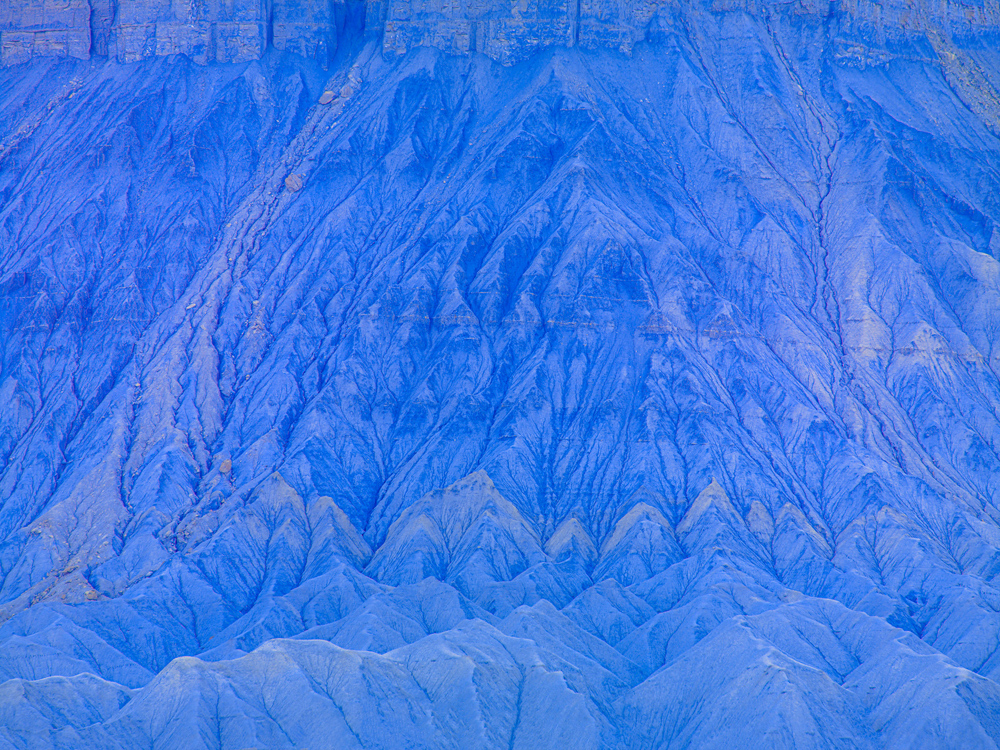
You may think this is overkill and that I miss out on many new photographic advances. Not so. First, I am talking only about cameras and other associated gear. I am not talking about software which I update to the latest version as soon as it comes out. I do that because for me software development is more important than hardware development. First, software allows me to do more and more things with my photographs. Second, most of these things are artistic in nature and therefore allow me to express myself in newer and more powerful ways. The artistic work I mentioned above fits in three domains: study, field work and processing. Each domain is broken down into parts. Study means reading, reflection and writing. Field work means research, travel and field photography. Processing means studying, software work and printing. Even though this is only a quick synopsis of what is involved you can see how a full year can be spent working on these aspects of photography, leaving no time for camera research, testing or purchase.
I also know from experience that I can create a professional quality photography project using a cell phone camera. My Backyard Project, which I completed earlier this year and about which I wrote an essay published here, was done that way. In fact I used an iPod so arguably the image quality could have been better if I had used a cell phone since the latest iPhones have better D-Max, higher resolution and more software functions than iPods. However I do not think this matters because I am pleased with the images I created. I am an artist creating images that express my vision. I am not a commercial photographer hired to take photographs for clients. What matters to me is that my camera, software and other tools allow me to create the images I want.
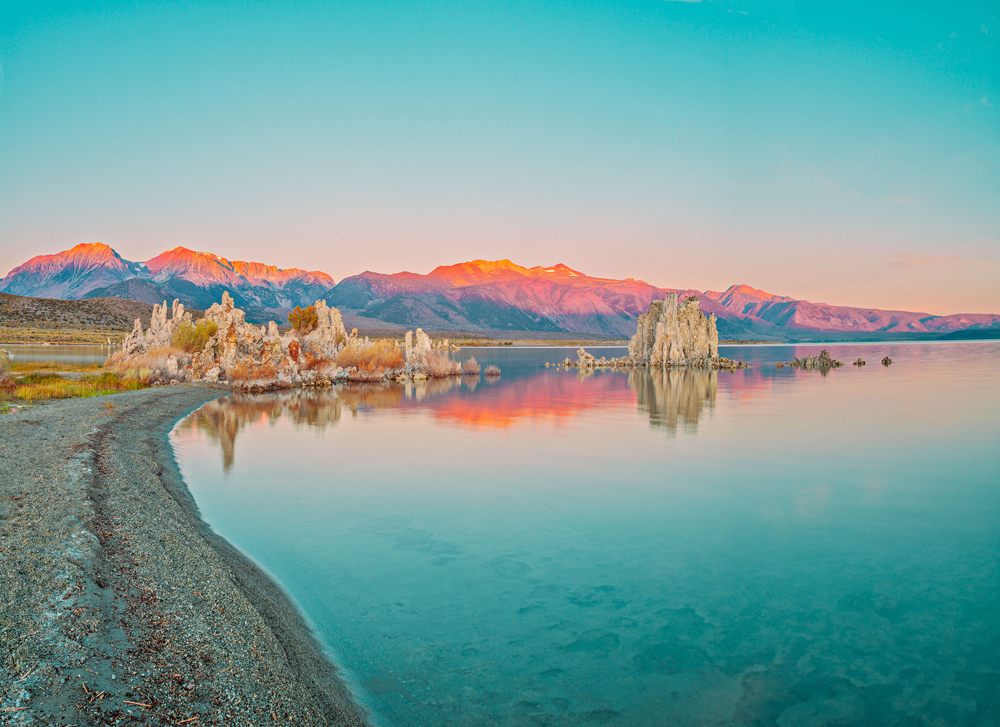
Doing Photography
I spent many mornings waiting for the sun to rise standing behind my tripod-mounted camera. Honestly I cannot picture myself waiting for sunrise behind a tripod-mounted cell phone. It just doesn’t feel right. In fact right is not the correct word. I would not feel focused. Or rather I would not be able to focus on taking photographs. The temptation of opening an app and doing something else besides photography would be too great. I could check the news. Read my email. Look at my bank accounts. Check online sales. Look at Facebook, Instagram, Twitter or other social media posts. Do a multitude of things other than photography. The list is endless. Being a professional or a serious amateur is being committed, focused, and having a single minded approach. It is not doing everything at the same time, or multitasking, or being distracted by this or that.
One can argue that if you compose the image ahead of time and snap the shutter when the light is at its peak who cares if you use your cell phone for non-photographic activities before or after. The problem is that art is not about setting a composition and clicking the shutter at the peak of the light. It is about being actively involved, about following changes in the light, about adjusting the composition, changing lenses, moving from one location to another as the light and atmospheric conditions change and as, most importantly, my inspiration changes. Art is not an automatic activity and it cannot be put on hold while doing other things.
Being inspired is not about snapping the shutter at the ideal time. It is about feeling things, about being emotional about what is unfolding in front of me. I cannot do that if I am immersed in reading social media posts, checking email, looking at bank accounts or being absorbed by other activities unrelated to photography. If I do these things I may be physically present in the location I want to photograph but emotionally I am miles away from it. I am disembodied in a way. My body may be here but my mind is somewhere else. In cyberspace. In the cell phone world, divided among multiple apps each calling for my attention with little red dots, making me feel something is happening that requires my immediate attention. Forgotten is the landscape, the light and the sun rising. It may be happening in front of me but I would not pay attention to it.
Conclusion
Ownership of a pro level tool (camera, tripod, etc.) does not make me, or anyone, a professional. I own professional tools for some of my hobbies — leatherwork, woodwork or landscaping for example — but that does not make me a professional woodworker, leatherworker or landscaper. I remain an amateur when I use them even though some of these tools are better than the ones professionals use because they are more recent and because I bought the highest level tools I could find, something that professional workers do not do. They cannot always justify the extra cost and the added features are not always necessary to them. In fact when I use these tools I think of myself as a collector rather than a practitioner because I spend more time researching, acquiring and testing these tools than using them. When it comes to photography I am a professional not a collector because I spend more time using my cameras than researching, acquiring or testing them. How beautiful or rare a camera is does not matter to me. A pristine limited edition camera is not going to take a better photo than a used mass produced one. I also do not need to have all the latest bells and whistles. Professional work is about getting professional results not about having the latest features. All I need are reliable tools that allow me to create the images I have in mind. Commitment in the end is focusing first on the creation of images, not on the tools I use.
Next Essay
My next essay will focus on another aspect of commitment: the relative importance of field work and studio work in the creation of fine art photographs. Stay tuned!
About Alain Briot
I create fine art photographs, teach workshops with Natalie and offer Mastery Tutorials on composition, image conversion, optimization, printing, business and marketing. I am the author of Mastering Landscape Photography, Mastering Photographic Composition, Creativity and Personal Style, Marketing Fine Art Photography and How Photographs are Sold. All 4 books are available in eBook format on our website at this link. Free samplers are available so you can see the quality of these books for yourself.
You can find more information about our workshops, photographs, writings and tutorials as well as subscribe to our Free Monthly Newsletter on our website. You will receive 40 free eBooks when you subscribe to my newsletter.

Studying Fine Art photography With Alain and Natalie Briot
If you enjoyed this essay you will enjoy attending a workshop with us. I lead workshops with my wife Natalie to the most photogenic locations in the US Southwest. Our workshops focus on the artistic aspects of photography. While we do teach technique, we do so for the purpose of creating artistic photographs. Our goal is to help you create photographs that you will be proud of and that will be unique to you. The locations we photograph include Navajoland, Antelope Canyon, Monument Valley, Zion, the Grand Canyon and many others. Our workshops listing is available at our site.
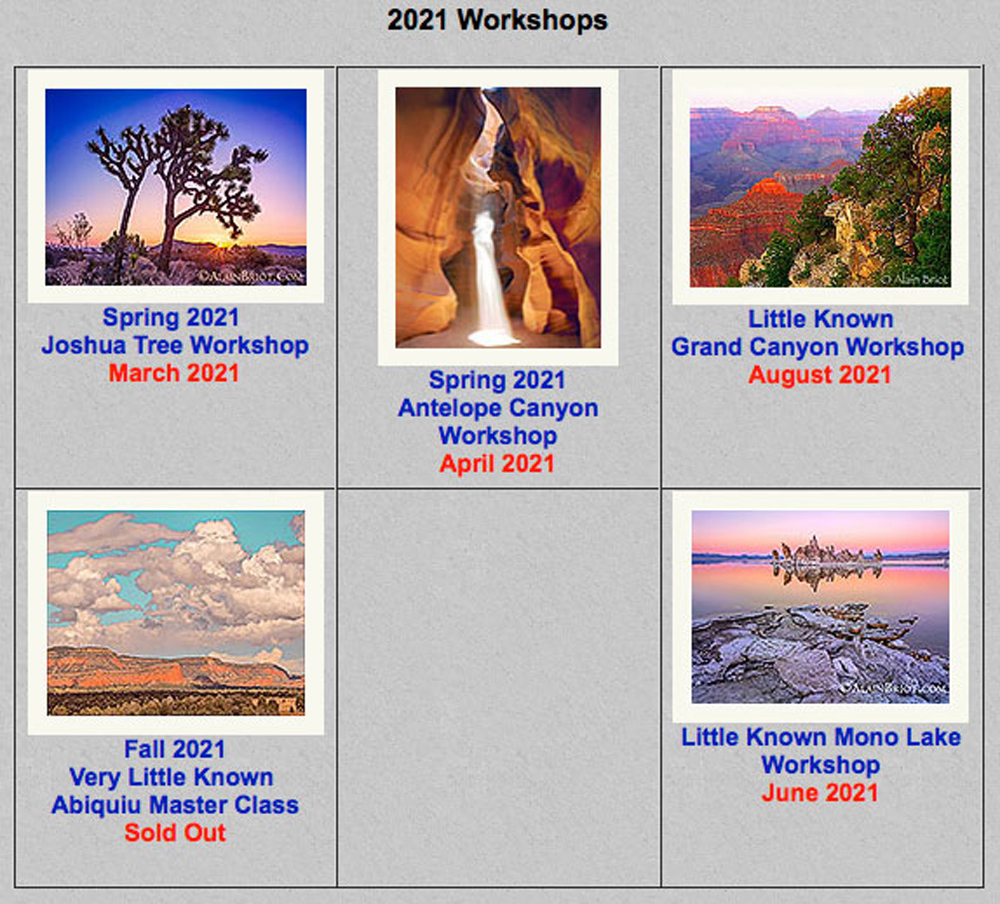
Alain Briot
December 2020
Glendale, Arizona
Author of Mastering Landscape Photography,Mastering Composition, Creativity and Personal Style, Marketing Fine Art Photography, and How Photographs are Sold. http://www.beautiful-landscape.com [email protected]






